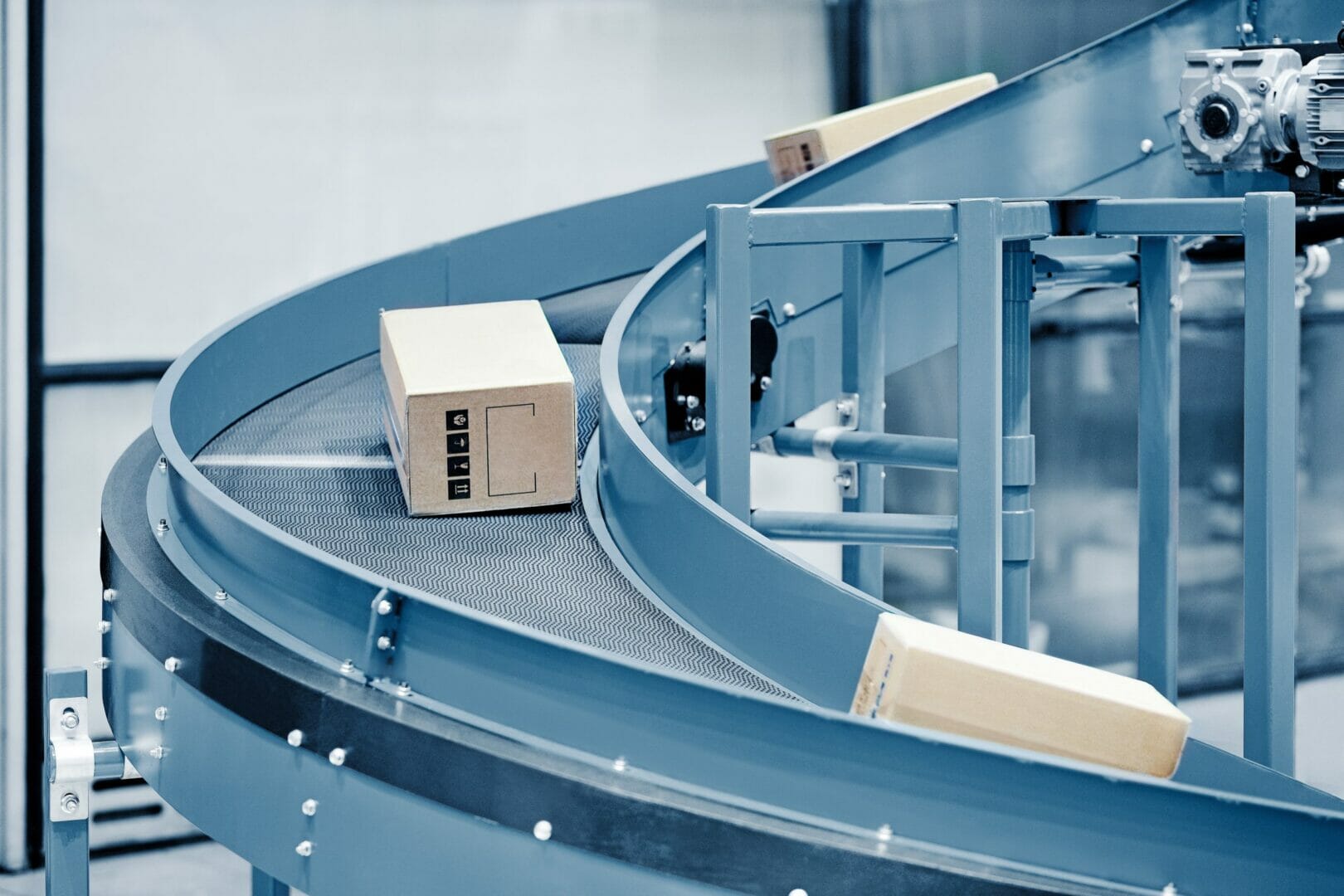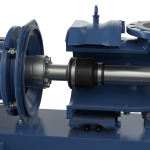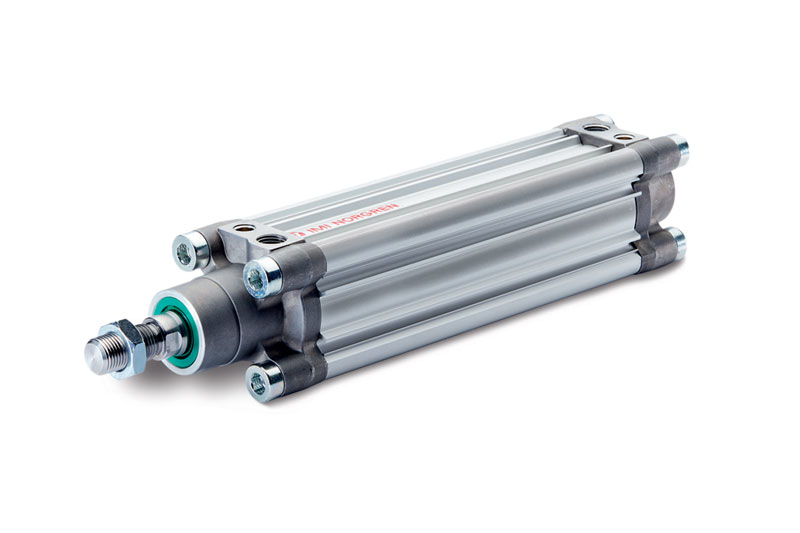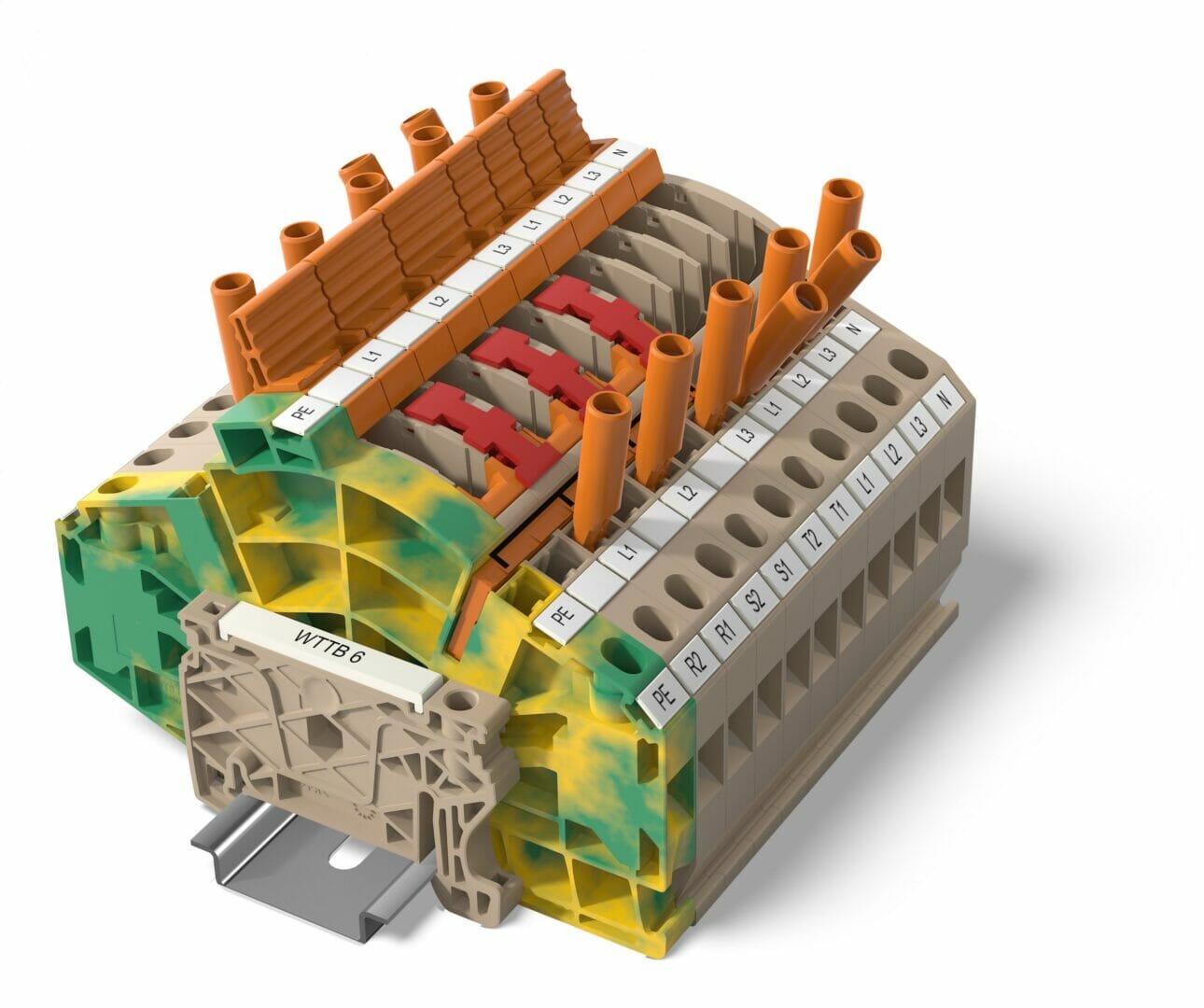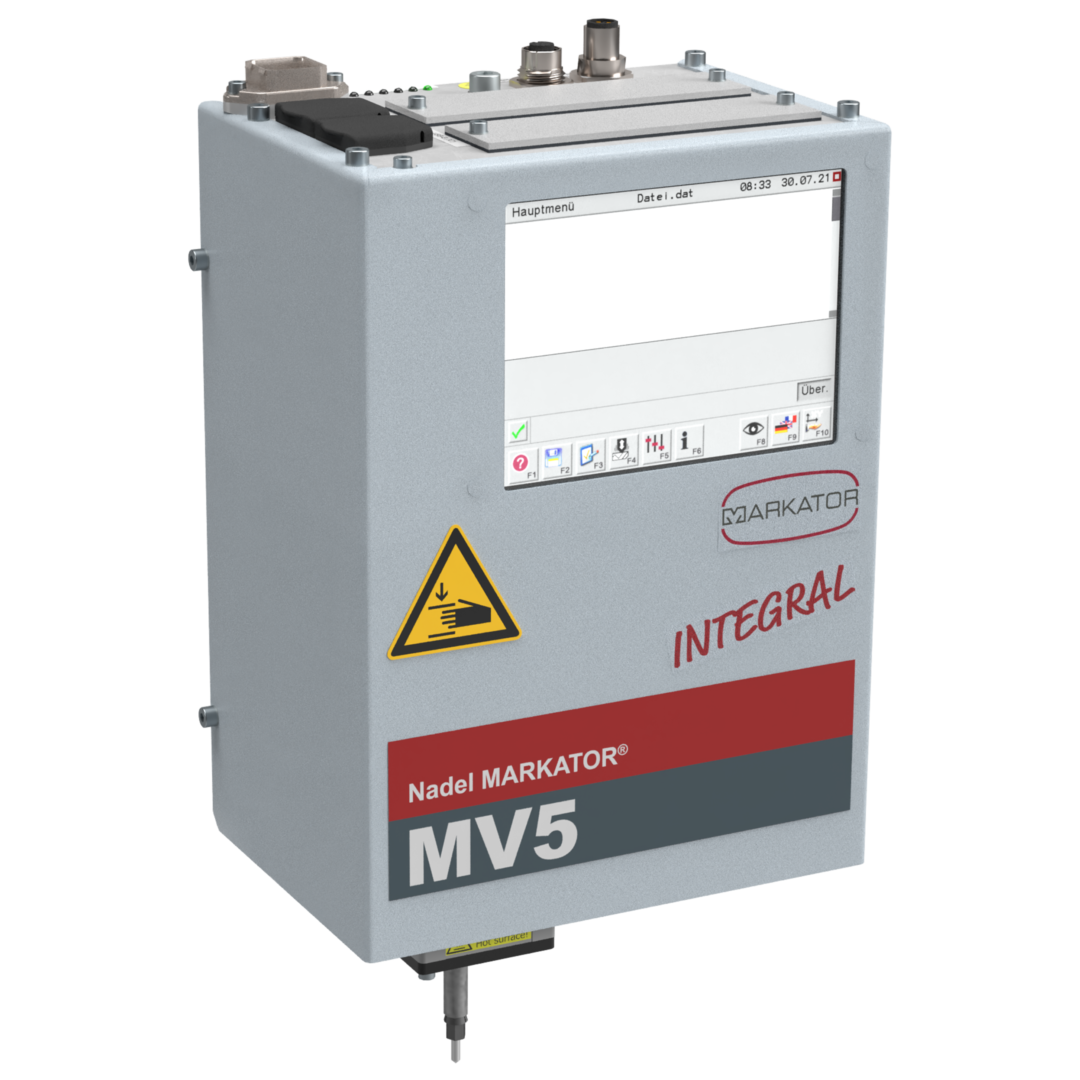With e-commerce returns just as explosive as online shopping, many e-retailers are discovering their returns management processes aren’t efficient. Returns management is one of the most often overlooked processes of the warehouse. An unmanaged, uncontrolled returns process can put tremendous strain on a facility’s available space, labour and costs.
When returns are put in a corner waiting to be processed, that’s putting valuable revenue generating inventory aside. If processes are not properly managed and systems become overwhelmed, items will have to be sold at a discount to get them out of the system before eating into profits.
Returns are a significant cost and put an enormous impact on the bottom line. 2020 returns were estimated to cost retailers $550 billion. When it comes to returns, the top challenge facing retailers is cost containment. As retailers expand return policies to meet customer demands (free shipping and no restocking fees), their internal returns costs increase.
But its more than just monetary issues, a returns policy can impact customer loyalty with 68% of shoppers viewing return policies before making a purchase. For example, how many of you shop using Amazon.co.uk to make purchases? I bet it’s many of us. Why? Because they have made shopping online an ‘Art in Ease’ the whole process is painless with a nice and easy returns process.
But savvy companies such as ‘Cygnia’ a UK 3PL have turned to automation solutions to deliver logistics fulfilment for their customers. Through an automated put-away and returns process they are currently experiencing not only a 200% increase in picking performance, but they are delivering 15% improvements across the whole operation and are a great example of Omni-channel growth using automation.
To get the lowdown read Kardex latest white paper on Automate returns management or contact Kardex direct at info.remstar.uk@kardex.com

